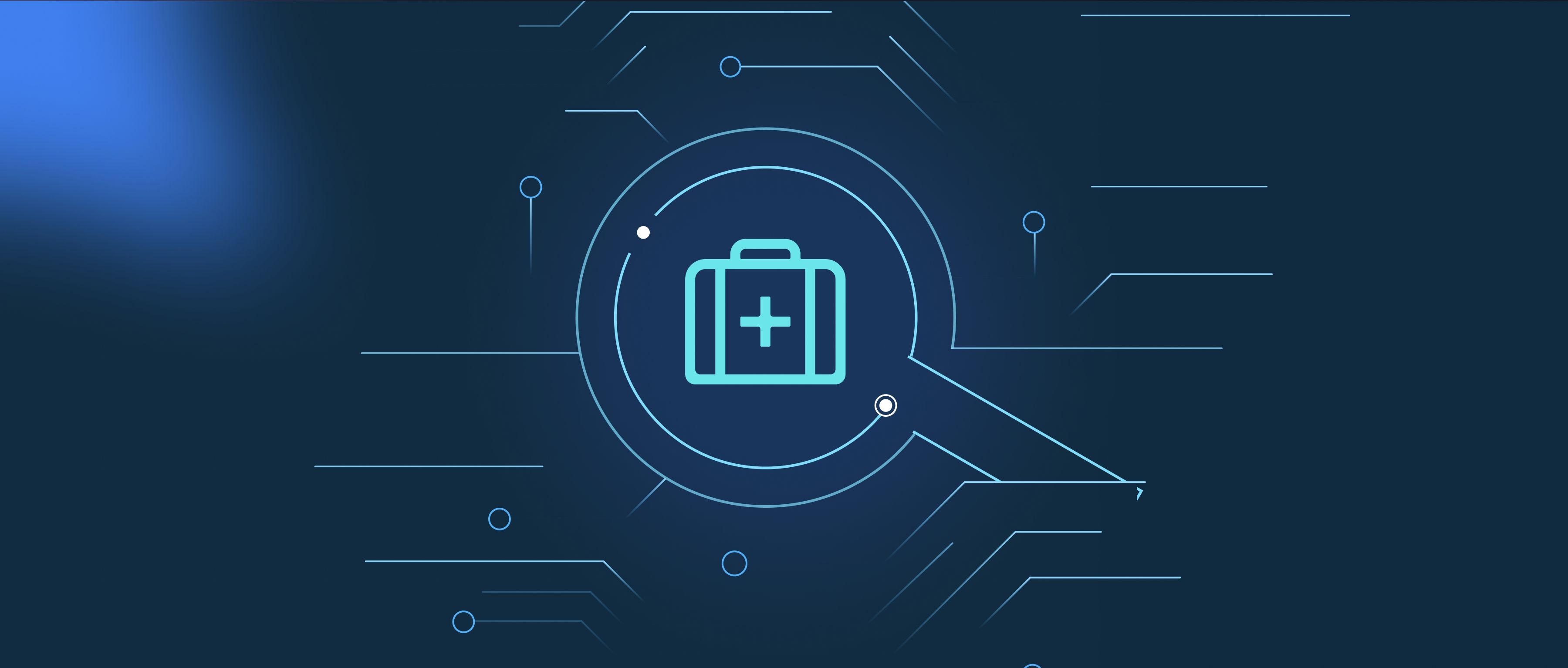Data augmentation in deep learning refers to the process of artificially increasing the size of a training dataset by applying various transformations to the original data. This is commonly used in computer vision to create more diverse examples without the need for additional data collection. For instance, when training an image classification model, you might rotate, flip, or crop the images, change their brightness, or add noise. These transformations help the model generalize better, reducing overfitting and improving performance on unseen data. For example, in a model designed to recognize cats and dogs, applying augmentation techniques could involve rotating the images of the animals, altering their color balance, or zooming in on certain areas, which ensures the model doesn't simply memorize specific characteristics of the original images. Data augmentation is particularly useful when working with limited datasets, as it increases the diversity of the training examples, allowing the model to learn more robust features. Ultimately, the goal of data augmentation is to improve the generalization ability of deep learning models and enhance their ability to make accurate predictions on new, unseen data.
What is data augmentation in deep learning?

- Master Video AI
- The Definitive Guide to Building RAG Apps with LlamaIndex
- Getting Started with Zilliz Cloud
- The Definitive Guide to Building RAG Apps with LangChain
- How to Pick the Right Vector Database for Your Use Case
- All learn series →
Recommended AI Learn Series
VectorDB for GenAI Apps
Zilliz Cloud is a managed vector database perfect for building GenAI applications.
Try Zilliz Cloud for FreeKeep Reading
How are embeddings applied to biomedical data?
Embeddings are a powerful tool used in the analysis and interpretation of biomedical data. At their core, embeddings hel
How do organizations manage big data workloads?
Organizations manage big data workloads by employing a combination of strategies, technologies, and best practices desig
What types of data can be used for self-supervised learning?
Self-supervised learning can utilize various types of data, primarily categorized into images, text, audio, and video. E